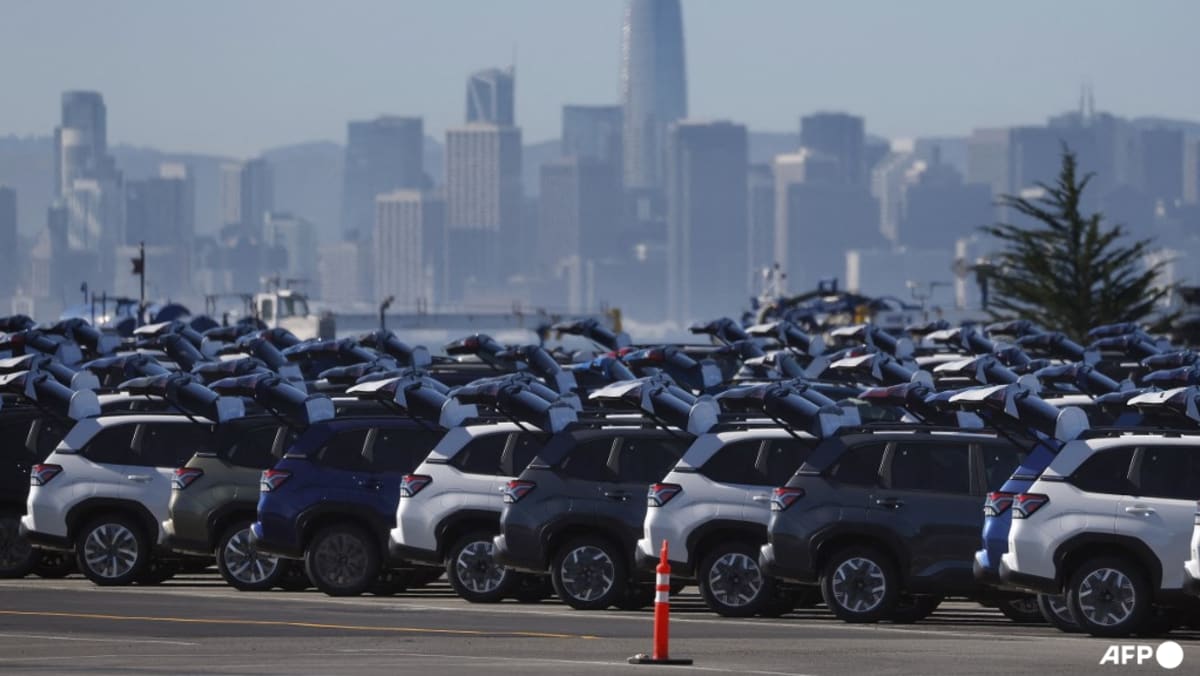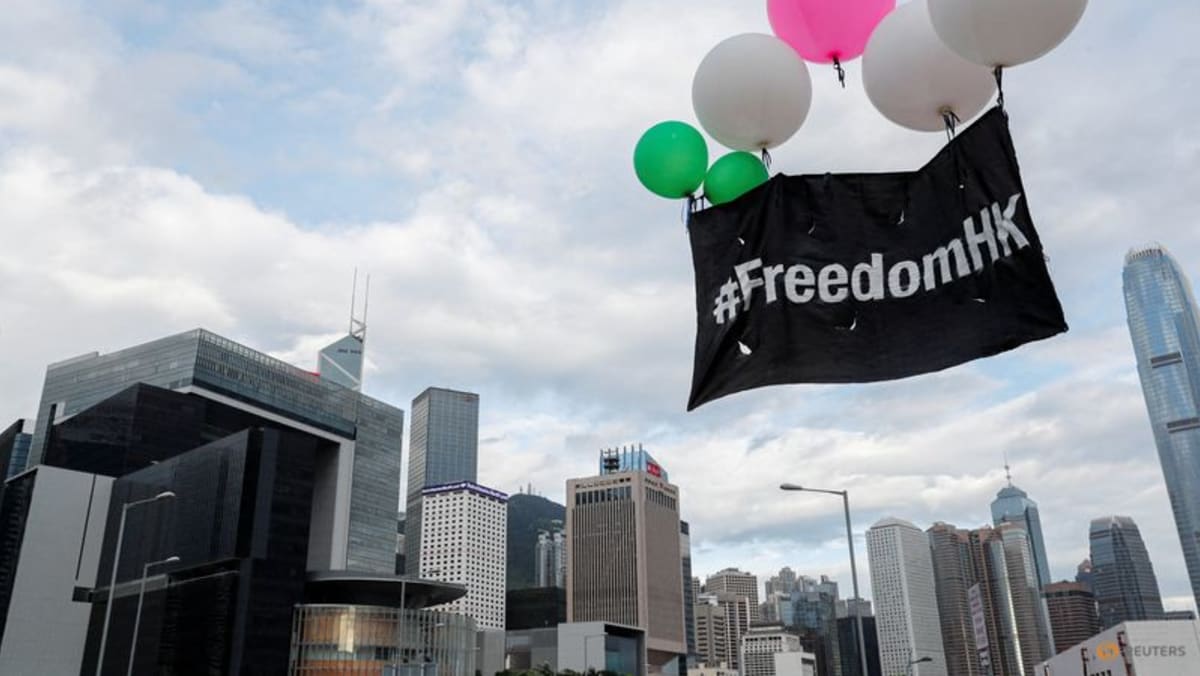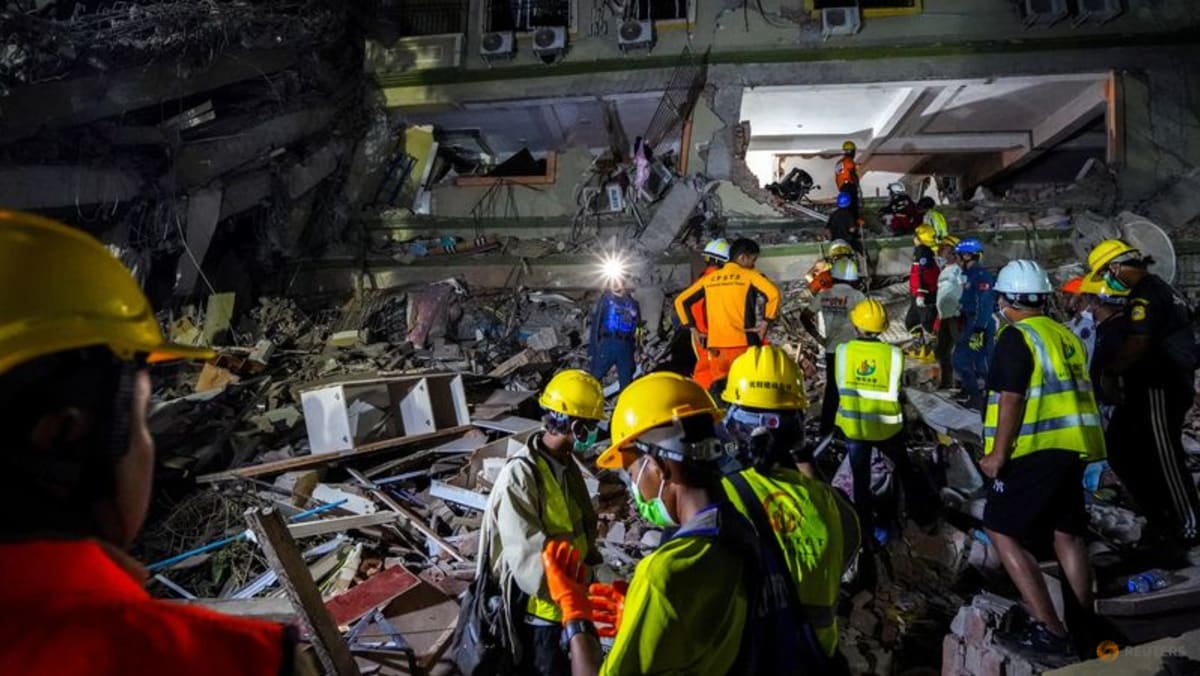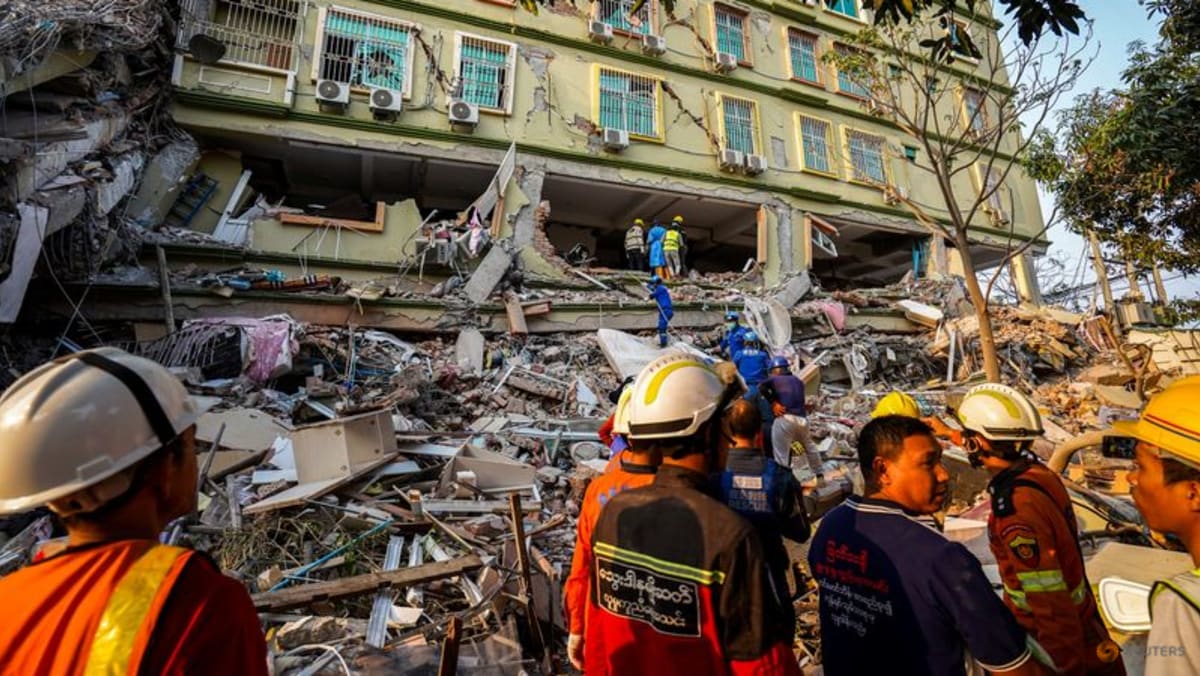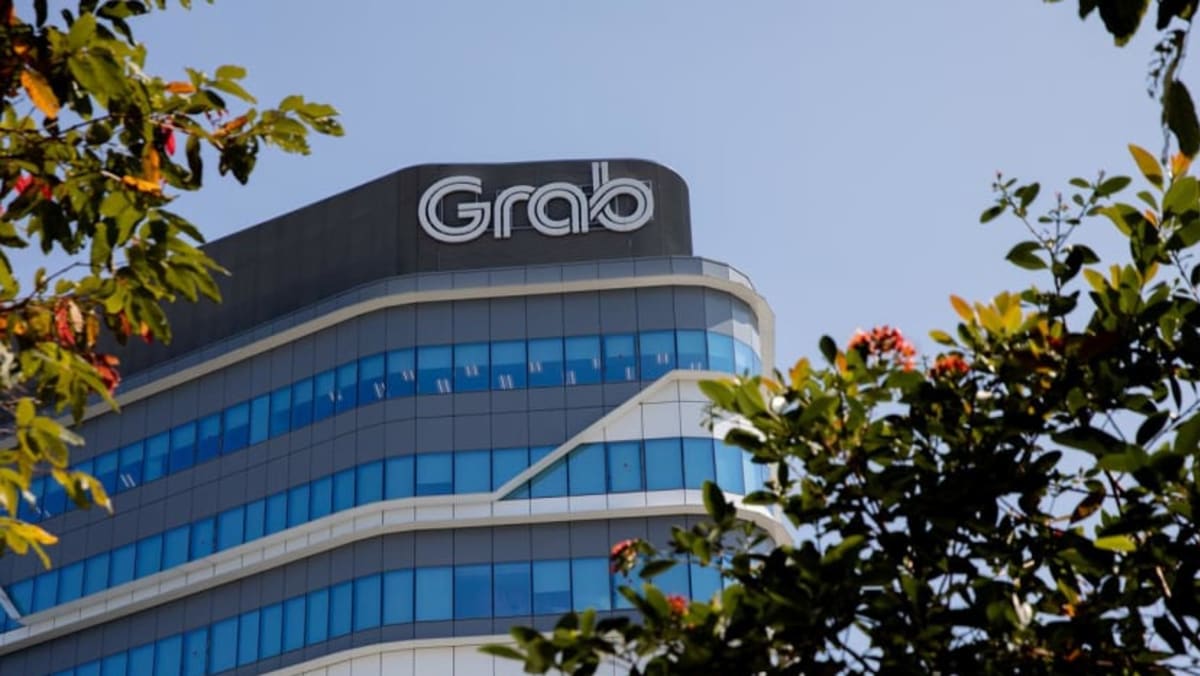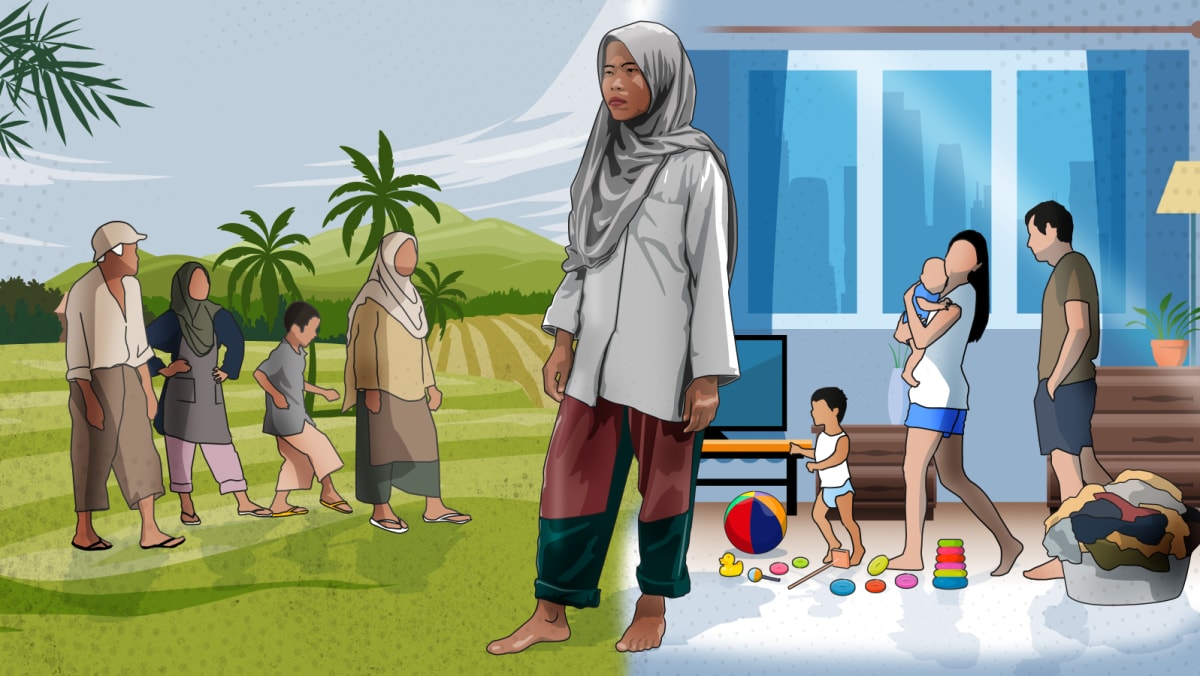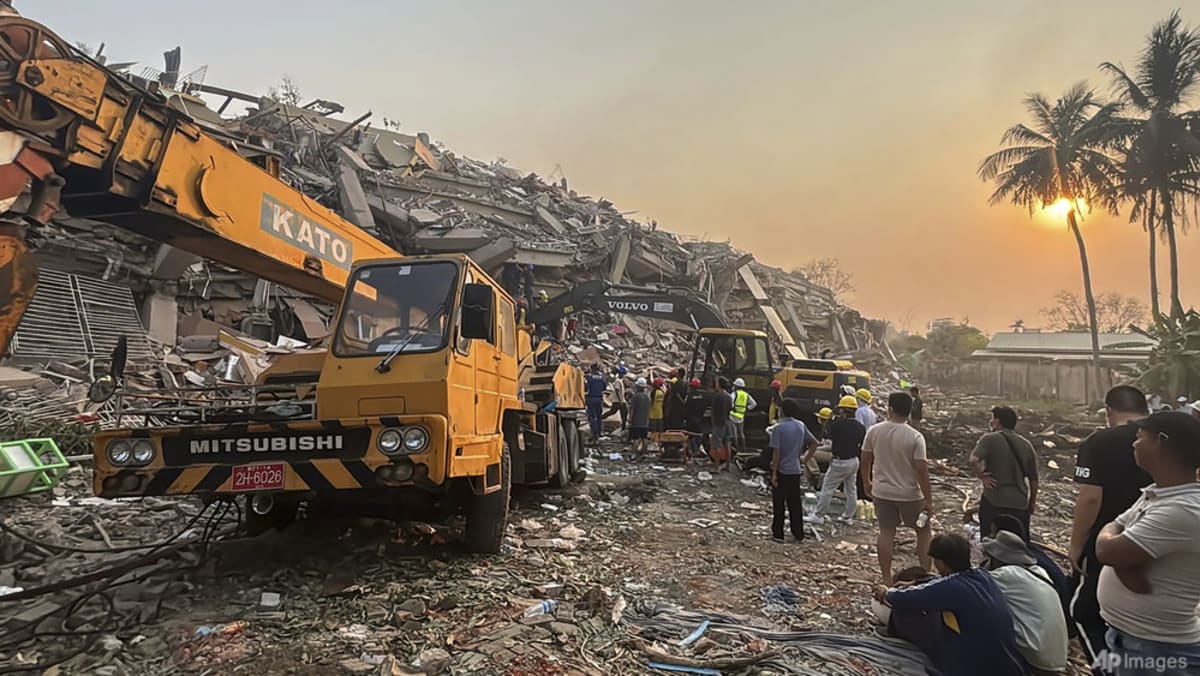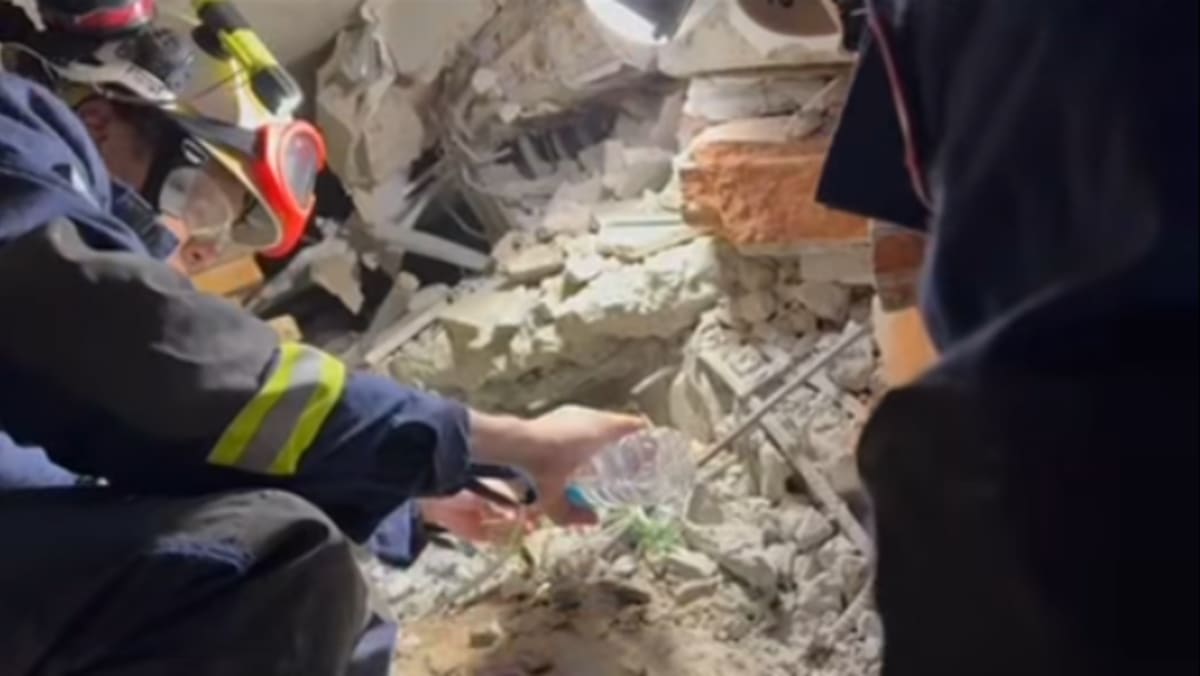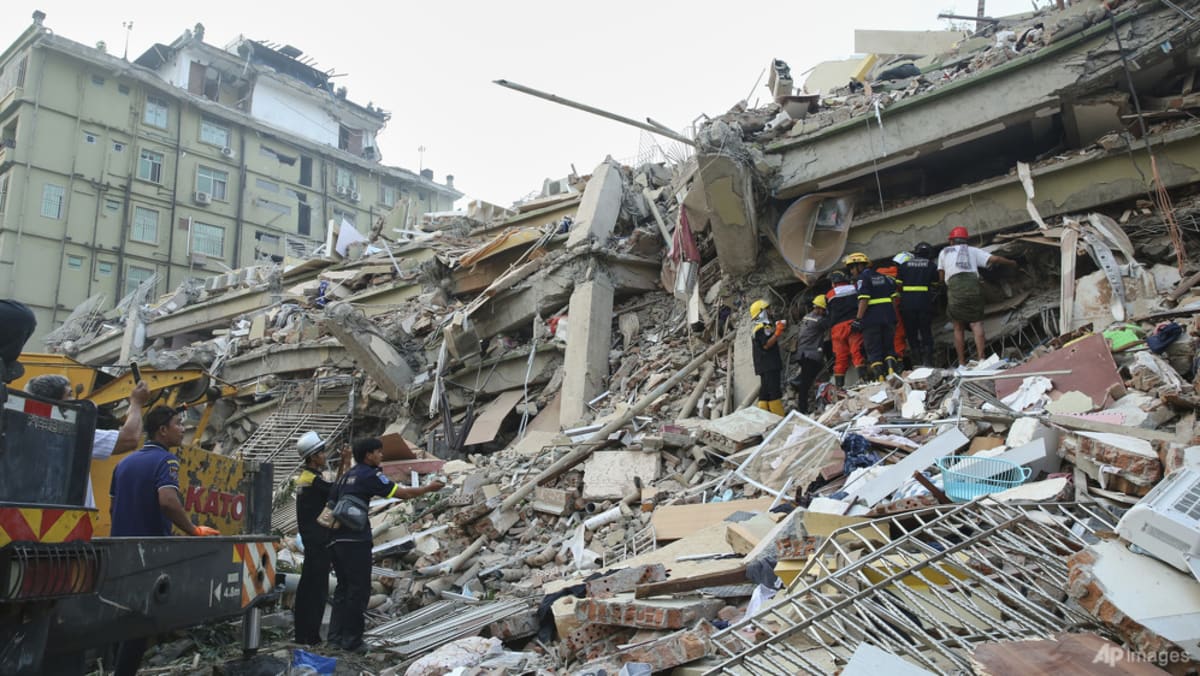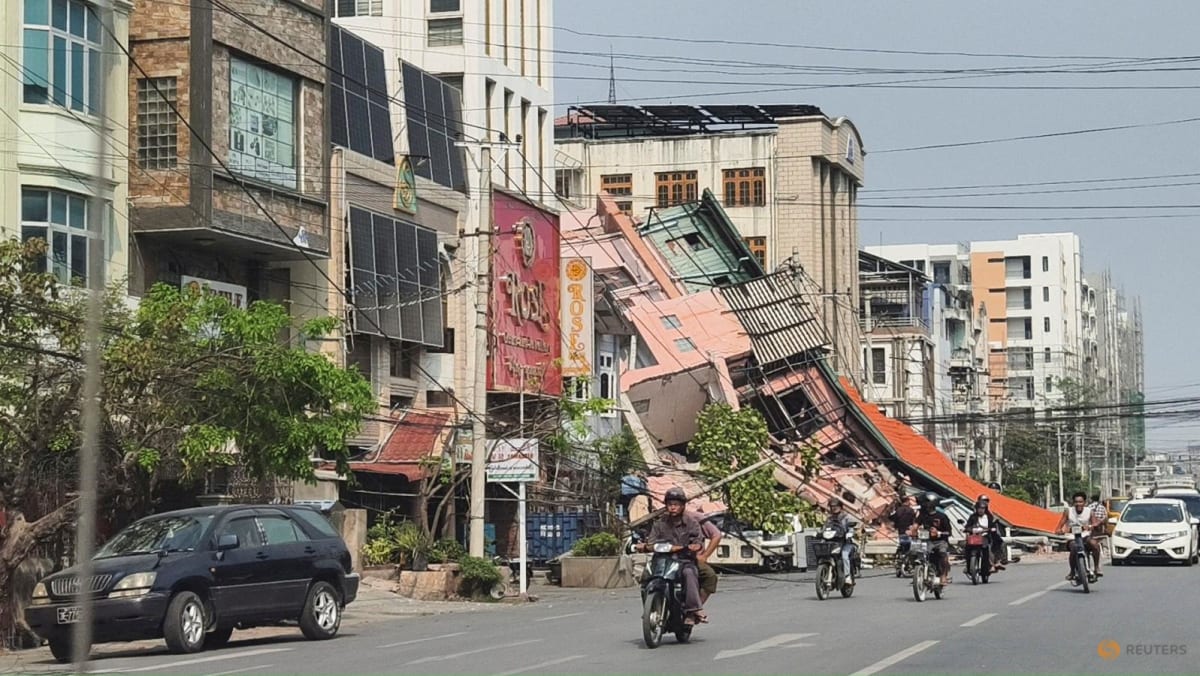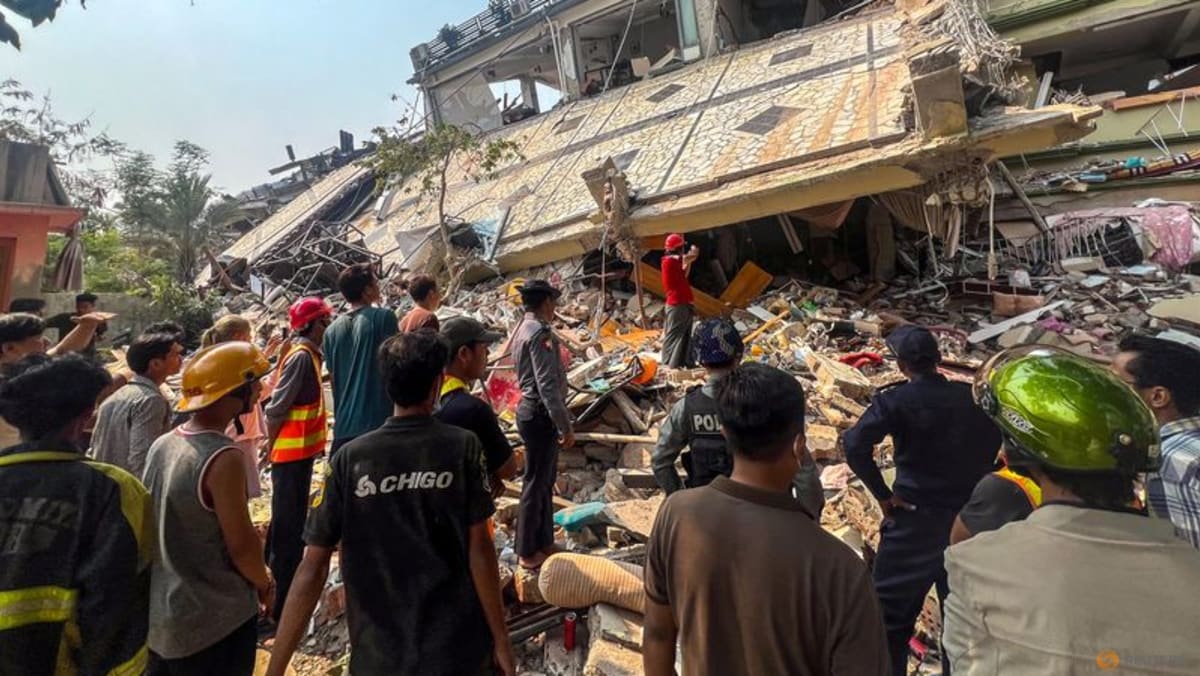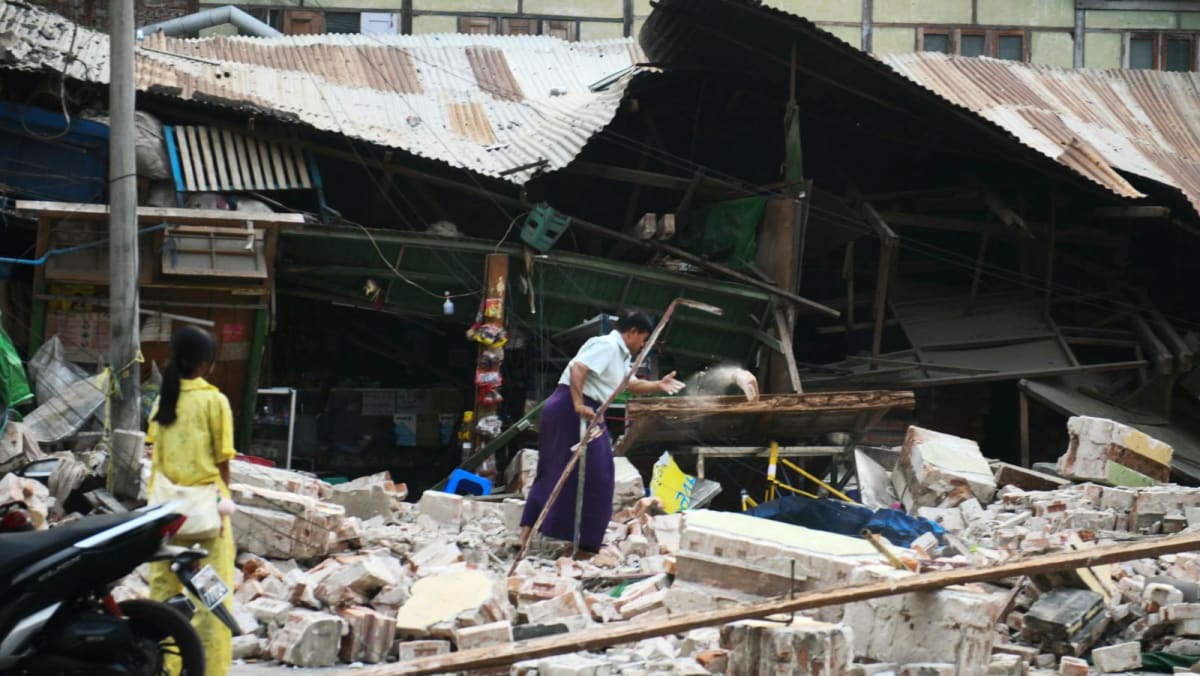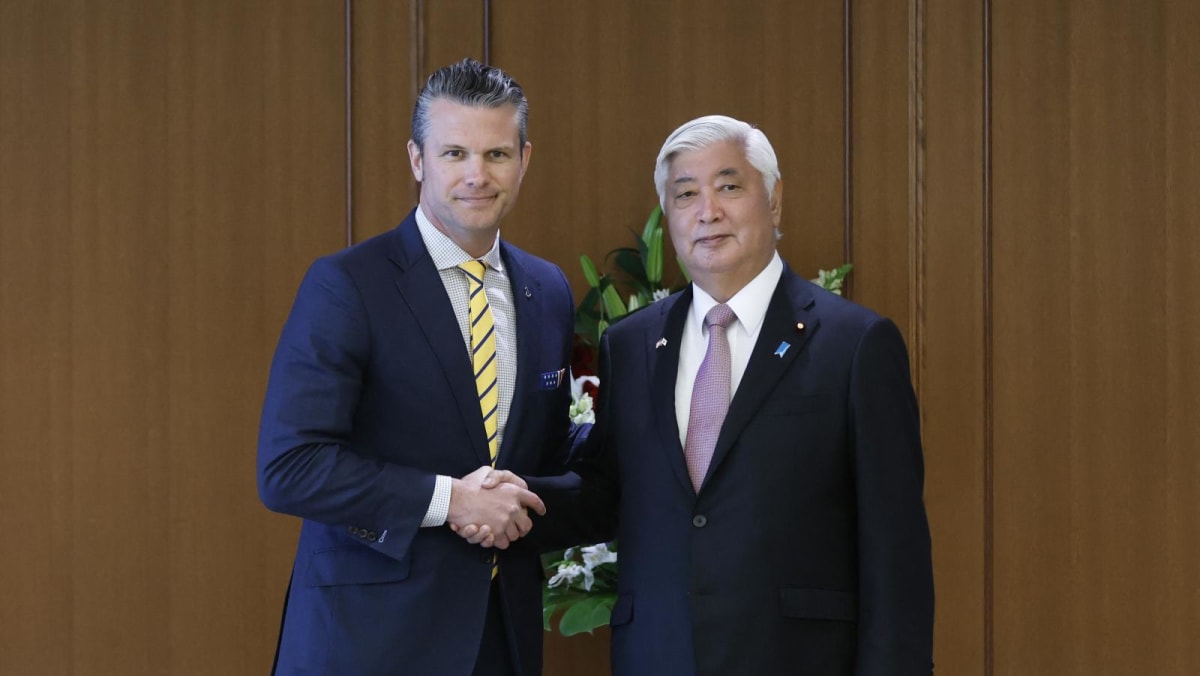Hop on one of Vietnam’s many cable cars to visit giant Buddha statues, faux European villages and selfie spots
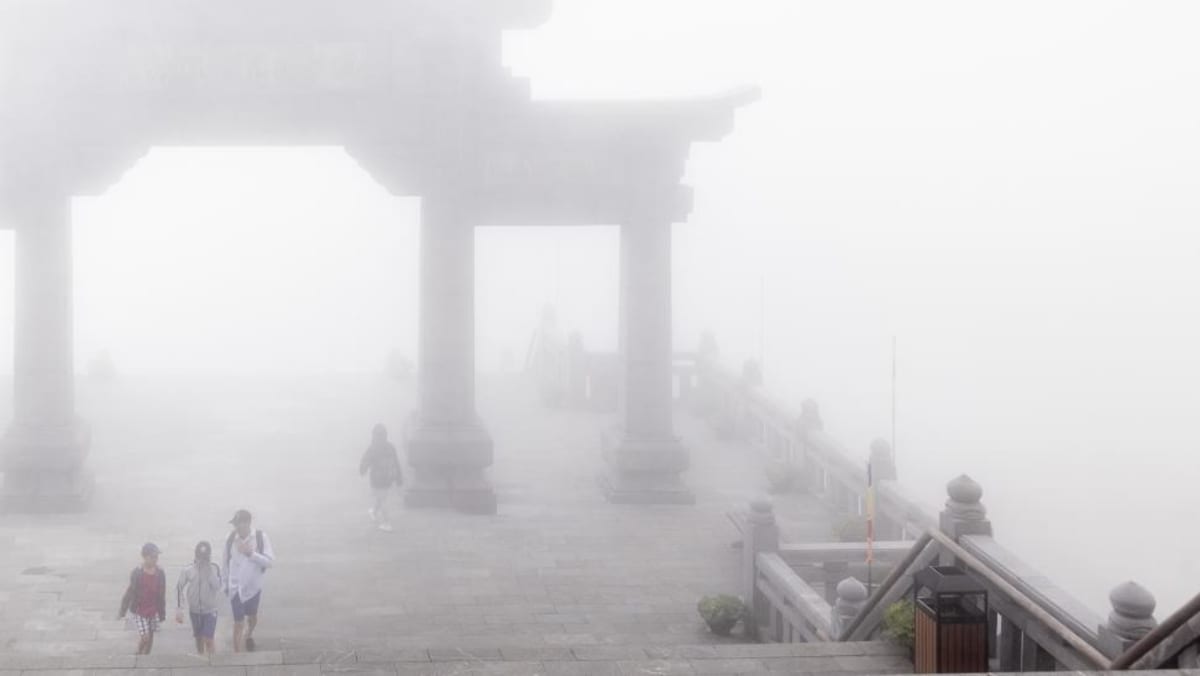
Ly Tran, 34, who taught hospitality at a Ho Chi Minh City university before moving to Portugal to study for a doctorate in tourism, was with her Portuguese partner visiting Hon Thom – the small, private island owned by Sun Group where the Phu Quoc cable car leads to a sprawling water park. The company has plans to add two more amusement parks, three resorts, a futuristic skyscraper and hundreds of villas. The couple were taking a break in a palm-shaded coffee shop while their tour mates frolicked on huge, colourful waterslides.
Vietnamese appreciate that tourism complexes like Sun World are well organised and clean, Tran said. And cable cars make sense, she said, because Vietnamese tourists approach sightseeing differently from Westerners.
“When you see Westerners going sightseeing, they’re going to be in sports shoes and clothes,” she said. “But if you see Vietnamese, they are usually in a long dress and sandals or high heels. They want to be beautiful for the photo shoot.”
For Frank Ngo, 41, a physical therapist from Anaheim, California, whose parents fled Vietnam in 1978 after the war, the cable car presented an unexpected perspective. He and his wife, Karen Do, 34, on their first trip to Vietnam since they were adolescents, marvelled at the advances in the country and the smooth sailing in the gondola back to Phu Quoc.
“It’s crazy looking out at the ocean like that. My parents were boat people. They were out there for like five days in the open sea,” Ngo said, as we stepped into the Colosseum-esque station. “I was picturing me being them out there on the boat; I’m trying to wrap my head around that.”
By Patrick Scott © The New York Times Company
The article originally appeared in The New York Times.
Source: CNA


